Nolej’s cofounder, Bodo Hoenen, used AI to help design an exoskeleton for his paralysed daughter, Lorelei.


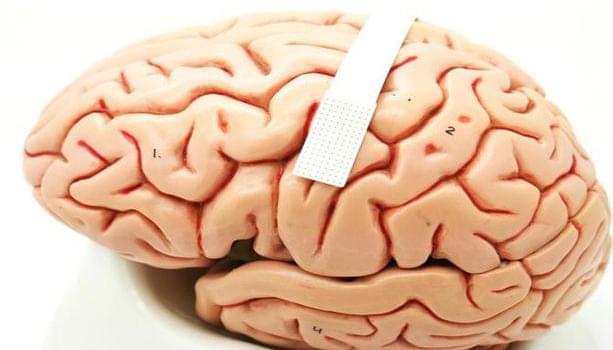
A speech prosthetic developed by a collaborative team of Duke neuroscientists, neurosurgeons, and engineers can translate a person’s brain signals into what they’re trying to say.
Appearing Nov. 6 in the journal Nature Communications, the new technology might one day help people unable to talk due to neurological disorders regain the ability to communicate through a brain-computer interface.
“There are many patients who suffer from debilitating motor disorders, like ALS (amyotrophic lateral sclerosis) or locked-in syndrome, that can impair their ability to speak,” said Gregory Cogan, Ph.D., a professor of neurology at Duke University’s School of Medicine and one of the lead researchers involved in the project. “But the current tools available to allow them to communicate are generally very slow and cumbersome.”
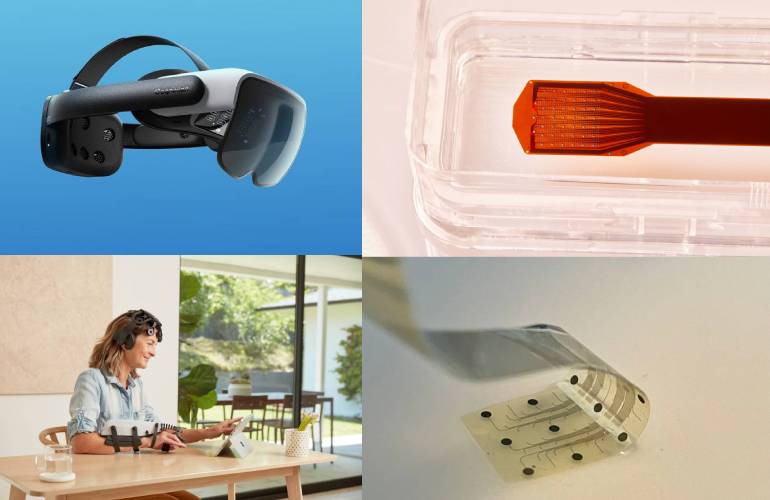
The brain-computer interface (BCI) space continues to rise in notoriety, and a number of players are throwing their hats in the ring.
Such technologies could enable users to control a computer with their brain, or even go beyond that. Countless immobile people someday could control a mouse cursor, keyboard, mobile device/tablet, wheelchair or prosthetic device by only thinking.
Big names have already established their presence in the space. Elon Musk’s Neuralink continues to make headway, while Bill Gates-and Jeff Bezos-backed Synchron has an innovative catheter-delivered implant. Blackrock Neurotech, which has a next-generation BCI, has been implanting its Utah Array in patients since 2004.
👉For business inquiries: [email protected].
✅ Instagram: https://www.instagram.com/pro_robots.
DARPA: robots and technologies for the future management of advanced US research. DARPA military robots. DARPA battle robots. Military technologies DARPA. Battle robots of the future. Technologies of the future in the US Army.
0:00 Introduction.
01:03 DARPA mission.
01:30 Project ARPANET
02:09 First “smart machine” or robot.
03:05 The first self-driving vehicles and the first Boston Dynamics robot.
03:31 DARPA robot racing.
04:08 First Boston Dynamics Big Dog four-legged robot.
04:43 Energy Autonomous Tactical Robot Program.
05:00 Engineering Living Materials Program.
05:45 Spy Beetles — Hybrid Insect Micro-Electro-Mechanical Systems.
06:03 Robot Worm — Project Underminer.
06:23 DARPA — The Systems-Based Neurotechnology for Emerging Therapies.
06:57 Robotic pilots with artificial intelligence.
07:30 Artificial Intelligence Combat Air System — Air Combat Evolution.
08:14 UNcrewed Long Range Ships — Sea Train.
09:24 Project OFFSET
10:15 Project Squad X
10:47 Battle of human robots on DARPA Robotics Challenge.
Defense Advanced Research Projects Agency, abbreviated DARPA, or the Office of Advanced Research Projects of the U.S. Department of Defense, was established in 1958, almost immediately after the launch of the USSR Sputnik-1. The realization that the Soviets were about to launch into space not only satellites, but also missiles, greatly cheered up the government of the United States. The result was the creation of a unique agency with a huge budget, which could be spent at its own discretion. Watch a selection of the most unexpected, strange and advanced projects in the field of technology and artificial intelligence DARPA in one video!
The Defense Advanced Research Projects Agency (DARPA) was established in 1958, in response to the USSR’s launch of Sputnik-1. DARPA’s mission is to create innovative defense technologies, and the agency’s projects have ranged from space-based missile shields to cyborg insects. Notably, DARPA has been involved in the creation of the internet, GPS, and Siri.
DARPA invests in projects to stimulate the development of technology and see where it leads. The agency’s first significant success was ARPANET, which laid the foundation for the modern internet. Moreover, DARPA’s computer vision, navigation, and planning techniques were fundamental to the development of robotics and web servers, video game development, and Mars rovers.
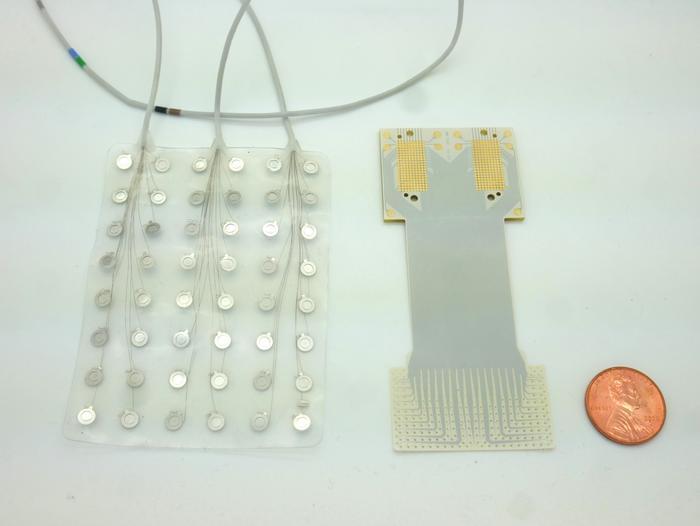
A speech prosthetic developed by a collaborative team of Duke neuroscientists, neurosurgeons, and engineers can translate a person’s brain signals into what they’re trying to say.
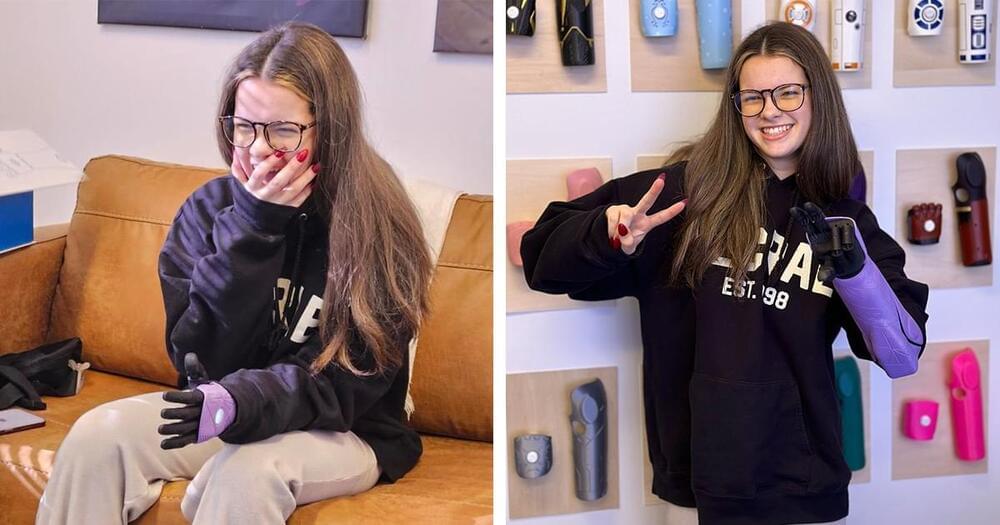


An artificial sensory system that is able to recognize fine textures—such as twill, corduroy and wool—with a high resolution, similar to a human finger, is reported in a Nature Communications paper. The findings may help improve the subtle tactile sensation abilities of robots and human limb prosthetics and could be applied to virtual reality in the future, the authors suggest.
Humans can gently slide a finger on the surface of an object and identify it by capturing both static pressure and high-frequency vibrations. Previous approaches to create artificial tactile sensors for sensing physical stimuli, such as pressure, have been limited in their ability to identify real-world objects upon touch, or they rely on multiple sensors. Creating a real-time artificial sensory system with high spatiotemporal resolution and sensitivity has been challenging.
Chuan Fei Guo and colleagues present a flexible slip sensor that mimics the features of a human fingerprint to enable the system to recognize small features on surface textures when touching or sliding the sensor across the surface. The authors integrated the sensor onto a prosthetic human hand and added machine learning to the system.
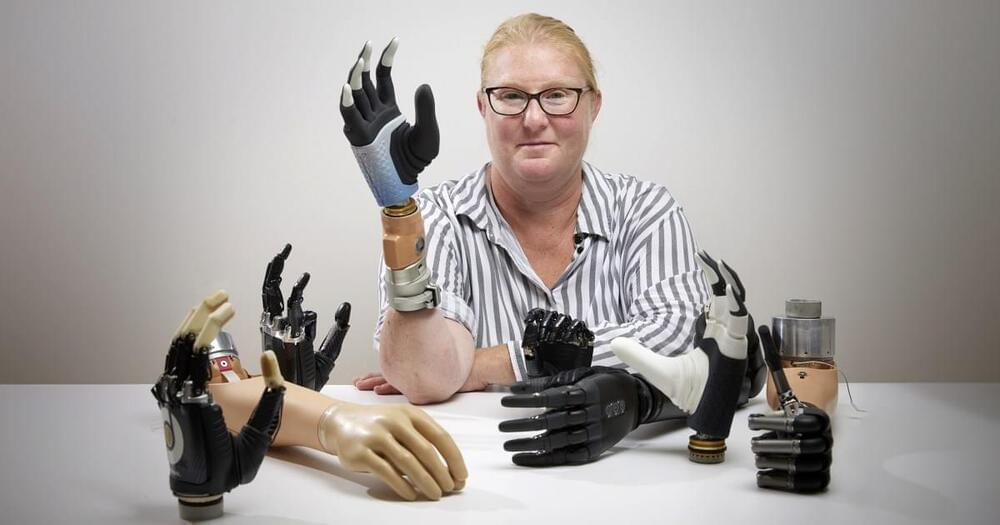
Link :- Watch a video of Karin using her new bionic hand: https://www.freethink.com/hard-tech/bionic-hand-phantom-limb
A new way of merging the body with a bionic hand provided a woman with more control over her prosthetic and less phantom limb pain.
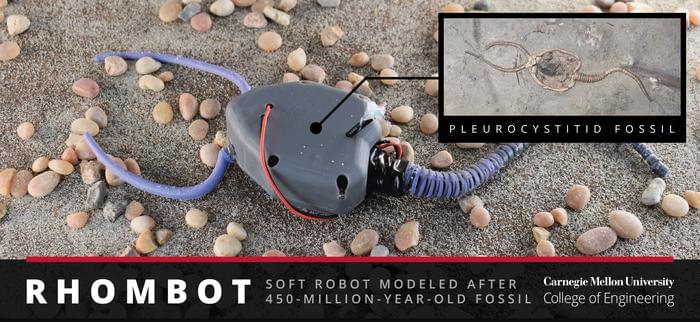
A recent study published in the Proceedings of the National Academy of Sciences examines the use of Softbotics to mimic the movements of the ancient marine organism, pleurocystitid, which is estimated to have existed approximately 450 million years ago and is believed to be one of the first marine invertebrates to control their movements with a muscular stem. This study was led by researchers from Carnegie Mellon University and holds the potential to help scientists use a new field known as Paleobionics to better understand the evolutionary history of extinct organisms with paleontological evidence.
Image of a Pleurocystitid fossil (inset) and the pleurocystitid robot replica developed for the study. (Credit: Carnegie Mellon University College of Engineering)
“Softbotics is another approach to inform science using soft materials to construct flexible robot limbs and appendages,” said Dr. Carmel Majidi, who is a Professor of Mechanical Engineering at Carnegie Mellon University and lead author of the study. “Many fundamental principles of biology and nature can only fully be explained if we look back at the evolutionary timeline of how animals evolved. We are building robot analogues to study how locomotion has changed.”